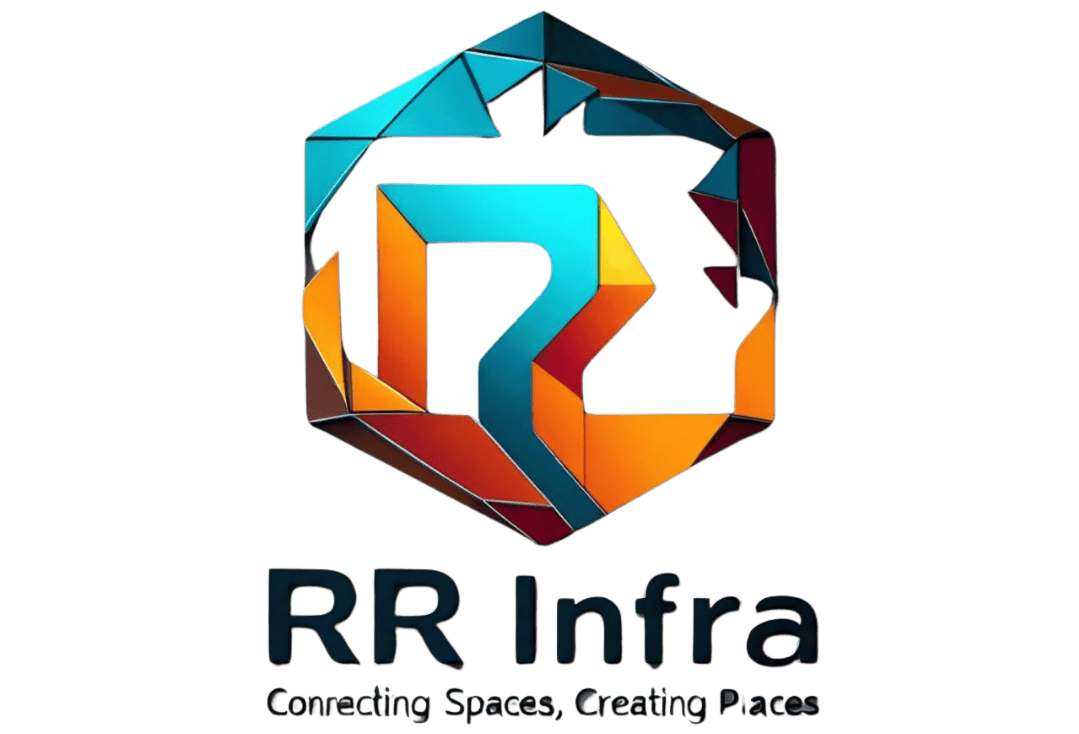As we step into 2025, the real estate sector is poised for a transformative shift shaped by technology, sustainability, shifting buyer preferences, and new investment models. Whether you’re a homebuyer, investor, or developer, staying ahead of these changes is essential to making informed decisions. From smart cities to green buildings, the real estate market is evolving at a pace never seen before. This blog highlights the top real estate trends in 2025 that will dominate the industry and what they mean for buyers and developers alike.
The Rise of Smart Cities and Tech-Driven Infrastructure
One of the most significant real estate trends in 2025 is the expansion of smart cities. These are urban areas designed using digital technology to improve sustainability, efficiency, and the quality of life for residents.
Developers and governments are investing in intelligent traffic systems, green energy, automated waste management, and digitally connected housing units. Smart real estate developments offer homeowners access to Wi-Fi-controlled appliances, smart lighting, and enhanced security systems.
The growing focus on connectivity is pushing real estate developers in India to plan integrated townships that combine residential, commercial, and recreational zones equipped with modern technology.
Sustainable and Eco-Friendly Developments
In 2025, sustainable housing is more than a buzzword—it’s a key buying factor. Homebuyers are looking for energy-efficient homes that reduce carbon footprints and save money on utilities.
Buildings equipped with solar panels, rainwater harvesting, waste recycling units, and green rooftops are gaining popularity. Eco-conscious real estate investment is not just an ethical choice but also a financially smart one, as green-certified properties command higher resale values.
Builders are focusing on using locally sourced, sustainable materials while also ensuring proper insulation and ventilation. These efforts make modern homes both energy-efficient and comfortable.
Affordable Housing Goes Premium
Another important trend is the transformation of affordable housing. While affordability was earlier associated with minimalistic offerings, 2025 sees affordable homes blending functionality with aspirational features.
Affordable luxury homes now include smart amenities, community spaces, recreational areas, and good connectivity. This is especially evident in tier-2 and tier-3 cities where infrastructure development is booming.
Real estate developers are adopting efficient construction technologies like precast and modular construction to reduce costs while enhancing quality.
Co-Living and Community-Oriented Living Spaces
The co-living trend is making a big comeback in 2025. Especially popular among young professionals and students, co-living spaces offer fully furnished, managed accommodations with shared kitchens, lounges, gyms, and even workspaces.
The growing gig economy and remote working culture have made community-driven spaces more desirable. Co-living is not just about renting a room; it’s about experiencing a lifestyle with like-minded people.
Similarly, senior-living communities and wellness-focused townships are emerging as people prioritize comfort, security, and well-being over traditional living formats.
Integration of PropTech (Property Technology)
The real estate sector is becoming increasingly digitized. PropTech innovations like virtual property tours, AI-based investment recommendations, and blockchain for secure transactions are redefining the buying experience.
In 2025, buyers can virtually walk through properties, access floor plans, compare amenities, and complete legal processes—all from their smartphones.
Builders and developers are investing in digital platforms to improve transparency, speed up documentation, and offer real-time construction updates to customers.
The Growing Importance of Location and Connectivity
In 2025, location is still king, but the definition of a “prime location” has evolved. Proximity to workplaces, schools, hospitals, metro stations, and recreational zones continues to be important.
However, there’s a rising preference for micro-markets and emerging suburbs that offer lower costs but promise high returns due to planned infrastructure like highways, flyovers, and IT parks.
Cities like Hyderabad, Pune, and Ahmedabad are seeing a surge in investment in such suburbs as part of real estate development in growth corridors.
Luxury Real Estate is Reinventing Itself
Luxury housing in 2025 is not just about marble flooring and chandeliers. The new definition of luxury homes in India includes sustainability, personalization, privacy, and health.
Buyers now expect private gardens, rooftop terraces, personalized interiors, home automation, and touchless technology. Developers are collaborating with international architects and designers to offer curated living spaces that reflect personal tastes.
Moreover, gated communities with clubhouse amenities, spa zones, and concierge services are becoming standard offerings in premium segments.
NRIs and Global Investors Eye Indian Market
India’s real estate market continues to attract Non-Resident Indians (NRIs) and foreign investors. With a stable economic outlook and favorable reforms, NRI investments in Indian real estate are expected to rise in 2025.
They are particularly interested in properties in metro cities, upcoming townships, and second homes in hill stations or beach towns. Digital buying options and easier regulatory procedures have made remote investing easier than ever.
Real Estate as an Asset Class for Millennials
The belief that millennials aren’t interested in homeownership is fading in 2025. With rising disposable incomes, job stability, and the experience of global pandemics, millennials are looking to build security through assets.
Millennial homebuyers in India prioritize good amenities, smart homes, and value-for-money properties. They’re more inclined toward ready-to-move-in or near-completion projects due to lower risks.
Real estate is increasingly viewed as a safer long-term investment compared to stocks or crypto for this demographic.
Regulatory Reforms and Policy Boosts
Policies like RERA, PMAY, and government-backed loan subsidies continue to impact buying sentiment positively. In 2025, we’re likely to see newer incentives for green housing, rental housing models, and faster project approvals.
The government’s focus on infrastructure projects like metro rail, smart highways, and regional airports will open up more real estate investment corridors.
These policies not only improve consumer trust but also boost transparency in developer practices.
RR Infra’s Role in Shaping the 2025 Real Estate Landscape
As the real estate market continues to evolve, RR Infra is actively shaping the future through its forward-thinking projects and commitment to quality. With a strong track record of delivering innovative and sustainable developments, RR Infra is becoming a trusted name among homebuyers and investors.
Their projects reflect the key real estate trends in 2025, from smart infrastructure and sustainable design to affordable luxury and digital convenience. Whether you’re looking to invest in an upcoming suburb or move into a future-ready gated community, RR Infra offers properties that cater to modern needs and aspirations.
By staying in tune with shifting market dynamics and adopting best practices, RR Infra is not just building homes—they’re building the future of urban living.
Final Thoughts
The real estate landscape in 2025 is fast-moving, competitive, and full of opportunities. Whether you’re a first-time buyer, a seasoned investor, or someone simply exploring options, understanding these trends helps you stay ahead of the curve.
From eco-friendly homes and PropTech integration to smart cities and premium affordable housing, the trends shaping 2025 signal a market that is ready for innovation and long-term growth.
And when you’re ready to take that step, RR Infra offers projects designed for the future—with the trust and excellence you deserve.


